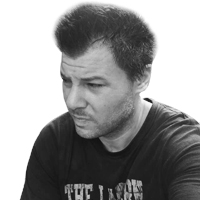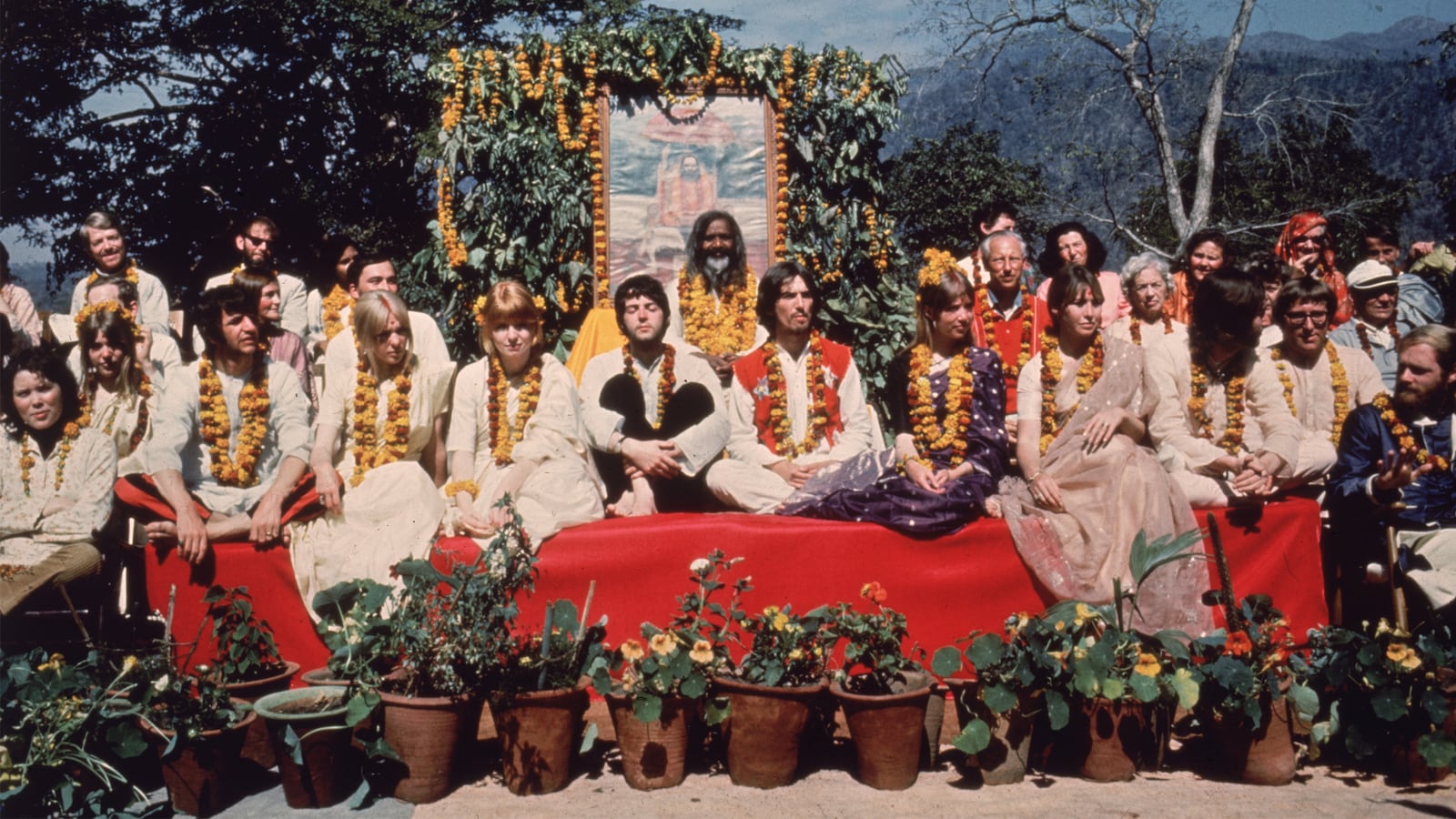Do you ever meet somebody who doesn’t tell you how busy they are?
Expressing how much we have going on—without, of course, providing specifics—seems to be our veritable marching orders as humans these days. We conveniently leave out the fact that we’re not learning and evolving more, and where our time is really going is to listicles, Netflix, carping on social media about things that we cannot change. Consequently, that person who used to take two weeks to respond to your email now takes two months, and it’s not like they’ve morphed into a modern-day Socrates in the interim.
The Beatles were a band that was always busy. Not pretend busy—legit busy. For their first three years as recording artists, they would cut two albums, two singles featuring material largely not on the albums, while working on tours, BBC sessions, various film and video shoots, EPs, and songs they wrote for others. The pace slowed down slightly in 1966 and 1967, as the band explored the full sonic possibilities of the studio as an additional, almost wizard-like instrument. I always admired their pace, and also came to learn more about the power of speeding up by slowing down thanks to the band’s sojourn in India in February of 1968.
The Beatles, having attained a fame that perhaps no other humans ever had, were a restless collective after Sgt. Pepper came out in June 1967. These were two geniuses, plus two super smart guys constantly exposed to two geniuses, with a seemingly endless supply of creative energy. I’m thinking that no four people in a single unit ever possessed more brainpower. You know what happens when you’re that smart and you’re doing your art and you still have time left over? You start to get a little bored. You begin searching for the next big thing in your life, processing it in short order, taking from it that which will enhance your grand quest in the universe, and then you roll on.
For the Beatles, that next big thing was the Maharishi Mahesh Yogi, a guru based in Rishikesh who pioneered Transcendental Meditation, which must have been an enticing concept to four men who largely only knew a constant push-and-pull in various directions—with the world, their various business ventures, each other, and within themselves.
The band met the Maharishi in London in August 1967, then attended a seminar in Wales with him, cutting short their stay—which was to become a theme of their Maharishi-based endeavors—when their manager, Brian Epstein, died.
Fearful that their career might lose momentum, they stuck around London to tend to its upkeep—which came in the form of the Magical Mystery Tour film, for what that was worth—before departing in February to India for what was tantamount to meditation boot camp. The quest for oneness. Maximum peace. Blissed-out awareness. Purification. Basically, a super-sized yoga-vibe, lots of chanting, and competitions to see who could sit on a mat the longest while dialed in with the great Super Being.
The problem was, the Maharishi was a master of the long con—and one grabby dude. The Beatles, like many great artists, could be naïve when it came to sussing out who might be up to no good, exploiting their curiosity. The Maharishi was very much about his brand, and also his hands: were there a #MeToo movement, Indian style, the spiritual guide Lennon dubbed “a good little guru” would have had to encase himself in toilet paper, mummy-style, to combat the shit-storm.
This is a key moment in Beatles history, though, for reasons that have nothing to do with all of the inner peace BS. Regarding the latter, we have John Lennon eventually taking separate quarters from his wife, so he could better enjoy the telegrams he was getting every day from Yoko Ono, the woman he was planning to be with. This was the same guy who was largely there because he thought the Maharishi might slip him the answer—meaning, to the meaning of it all, right down to where the Supreme Being happened to live. Maybe he sent telegrams, too, and you could get on a list. That’s the thing about a genius: they often retain a child’s capacity for wonder, with some of the accompanying childishness that goes along with that. Lennon was especially adamant to be the one Beatle who accompanied the Maharishi on a helicopter ride, believing that the higher altitude made it more likely for that aforementioned answer to be slipped, which, you have to admit, has a kind of first-grade practicality to it, at least.
But what makes this sojourn important, for starters, is that it was George Harrison who was the driving force behind it. For years he had been exploring Indian music and culture. The tendency now is to push Harrison forward as the preferred Beatle. Hippies love him. They think he was super peaceful, all-loving, all inclusive. This is not true. The Beatles were all fairly violent chauvinists for quite a while, and if you weren’t into infidelity and the sexual degradation of lots of women, you probably didn’t want to be the partner of any of them. Harrison was treated as a fifth-rate songwriter by the two geniuses whose company he kept, but now he was asserting himself, and they were listening. What this would mean is that come the next year, he was in a position to be the musical heart of Abbey Road, their third best album after Revolver and Rubber Soul.
Ringo Starr, who suffered various physical ailments, was the first to jet from Rishikesh. Lennon was skeptical, and McCartney, who was part Lennon, part man of the world, part savvy businessman, had his doubts, too. But as people like Mia Farrow meditated their brains out—becoming, in the process, the inspiration for Lennon’s “Dear Prudence”—the Beatles wrote their souls out. Lennon’s songs, interestingly, were among his darkest, and he was dark going back to the second side of A Hard Day’s Night (“When I Get Home,” “You Can’t Do That,” “I’ll Cry Instead”). The pace of the Beatles’ external life had slowed down; internally, they had gathered creative momentum.
The best artists move quickly. They fret that they will not have enough time on this planet to get out everything that is inside of them. Schubert was this way, Mozart, Dylan, Chekhov, Billie Holiday, and these Beatles.
Donovan, who was pretty good at following other artists, was along for the ride, and he taught Lennon a guitar-picking technique that became the acoustic-guitar sound of the White Album, the double-record opus that was essentially born beside the Ganges. This was a very precise technique, with each guitar chord broken into three motivic strands—a closer-to-the-earth version of the triplets Lennon played back in 1963 with his rhythm part on McCartney’s “All My Loving.”
The break with the Maharishi wasn’t pretty. The evidence of his earthlier interests continued to mount, but the damage-control interviews the Beatles gave after their departure never felt especially rueful. Lennon, for one, wanted to torch the guru, but he saved that for an unreleased take of “Sexy Sadie,” which shows that the Beatles were not exactly shy about the use of the C-word.
My sense is that they knew they had come back with something big. What that would end up being was too big for producer George Martin, who wished to pare down the White Album to a single disc. It’s not insignificant that the band gathered at George Harrison’s house in Esher in May to cut demos for the record. Harrison had a developing musical clout now—which would be born out on his White Album contributions—and a leadership role.
When he was needed most—that is, when the band was just about done, and yet still had it in them to teach the world about the power of a goodbye—he would be there to spark a final moment of collective genius. There is an inner peace that comes with that beyond the bounds of the yoga mat, the guru, the found urtext that birthed a religion. For when the artist gives what the artist has to give to his or her fellow humans, the answer, as it were, is slipped on both sides of that particular transaction.






